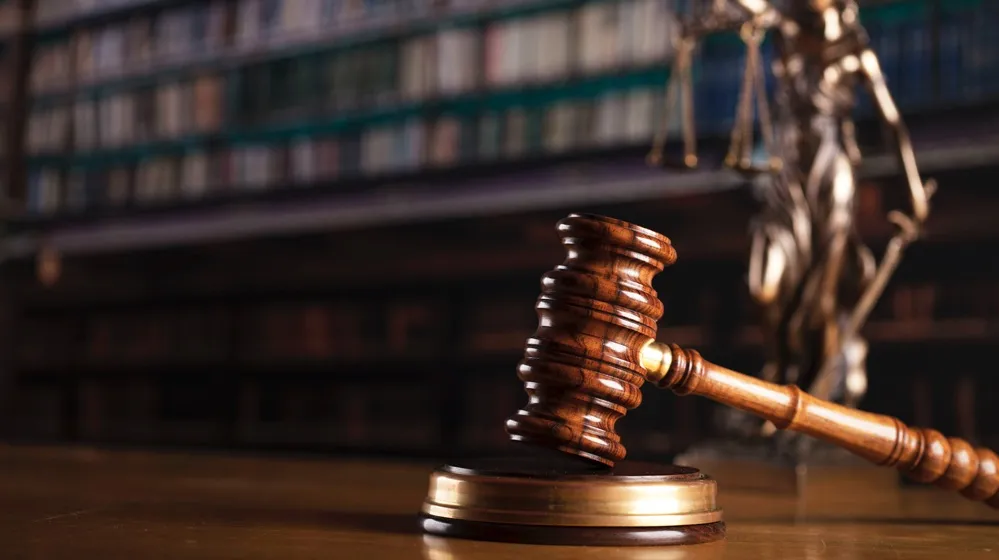March 13, 2021
Pansexual Explained, and Why Identifying as Bi Isn't the Same Thing
Kevin Schattenkirk READ TIME: 3 MIN.
When it comes to defining who we are, determining what label matches our attractions can be tricky. And for many people, attraction to all genders and sexual orientations can pose serious questions about which moniker makes the most sense: Am I pansexual?
A recent Netdoctor feature consults with sexuality experts to break down what pansexuality is precisely and how it differs from bisexuality.
Marianne Oakes, lead therapist at GenderGP.com, an online service for trans people and their loved ones, explains that "pansexuality is the attraction to people irrespective of their gender or sexuality; so you love or are attracted to the person for who they are as opposed to what they are," explains
As an example of pansexuality, Oakes points to a couple in which one or both partners transition.
"Post transition, their gender is different to what it was when the relationship began, but the love is not changed by the act of transition," says Oakes. "You always loved the person, their personality and character, and you still love these qualities."
However, some experts note that there is no one specific way to be pansexual. Esther Lemmens, an artist and writer who runs the podcast Fifty Shades of Gender explains, "To me, it simply means 'people-sexual.' Gender is irrelevant to me when it comes to attraction, and so is sex – as in another person's anatomy/biology." Lemmens says that gender, sexuality, and "body parts" are all "just qualities" that make up a person she might love.
Where the issue can become muddy is when pansexuality and bisexuality are used interchangeably. Netdoctor points out that the "bi" in bisexuality historically signifies an attraction to binary identities, male and female. But as terminology becomes more fluid, some bisexual folks also find themselves attracted to non-binary individuals. Lemmens said she has "friends who would describe their attraction as bisexual but also include non-binary gender identities, so there can be an overlap of sorts."
Jessica Gill, a nurse and founder of Marijuana Mommy, elaborates on her use of labels, saying, "Many don't understand what pansexual is, so I often just self-identify as 'queer' without any specific categorization. Sometimes I still use 'bi,' to avoid having to explain what pansexual means."
So, how do I know if I'm bisexual?
There is no right or wrong way to identify. The more we learn about ourselves, the more we evolve, the more the terms we use to describe ourselves can change over time. Lemmens explains that her evolution took place after meeting her transgender partner eight years ago. "They introduced me to the term pansexual. I felt like a good fit, more inclusive than bisexual, so I adopted it. I would say that, rather than it being a new thing I discovered about myself, it gave language to who I've always been," she says.
Gill concurs, explaining that since age nine, she knew she was "different" and "struggled to define, categorize, and understand it." She dated men, women, and non-binary individuals. For a while, she identified as bisexual "until 2016, when Miley Cyrus came out as pan[sexual] that I realized what pansexual meant and how relevant it was to me."
In the last few years, several celebrities have come out as pansexual including Jameela Jamil, Cara Delevigne, Janelle Monae, former "Bachelorette" contestant Josh Seiter, "X Factor" winner Dalton Harris, and Panic! At The Disco singer Brendon Urie, among others. Pansexual representation in entertainment also received a big boost with the "Solo: A Star Wars Story" character Lando Calrissian, played by actor Donald Glover (also known as rapper Childish Gambino).
While Oakes applauds the pansexual label as a welcome response to our evolving thoughts about sexual orientation and gender identity, she warns that we shouldn't use our own identities as a means of judging other people. "Sexuality can be fluid and should exist without fear of judgment," Oakes says. "If we are gay but find ourselves attracted to a trans woman, does that make us less gay, or if a lesbian has feelings towards a man, does that automatically make them bisexual? The answer has more to do with our own sense of self and how we want to be perceived by the world than anything else."
No matter how we identify, for many of us, those labels are never set in stone. Lemmens reminds us, "Your life, your rules; find your own path, even if it's different from everyone else's. You can't be wrong about your experience. And be open to things evolving – you're never stuck with anything, and you're free to change your mind."
Kevin Schattenkirk is an ethnomusicologist and pop music aficionado.


